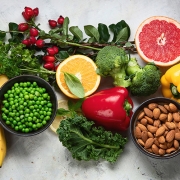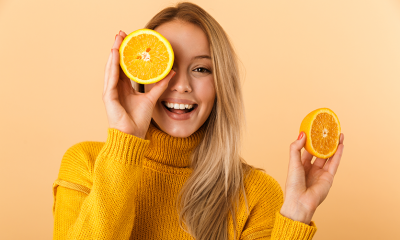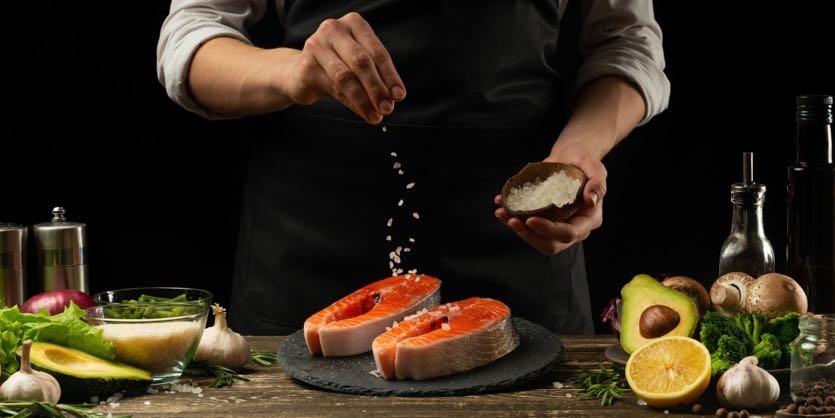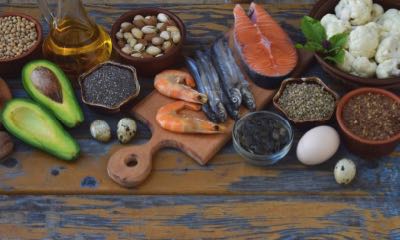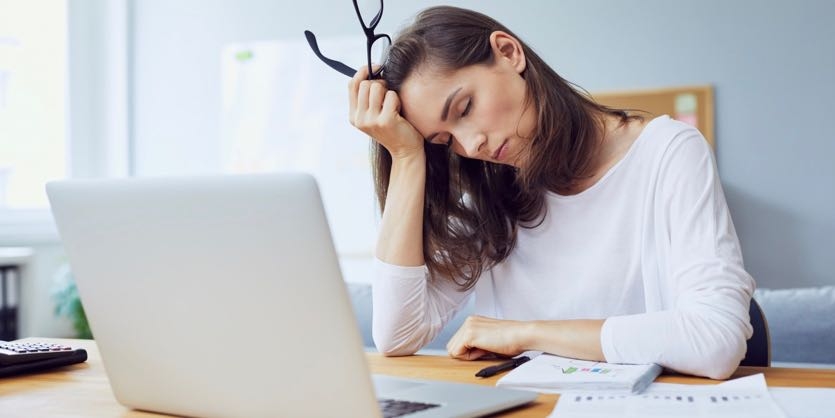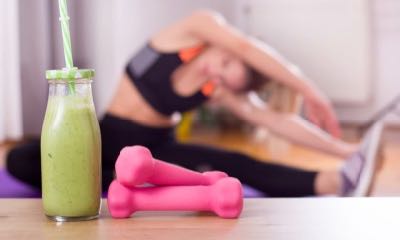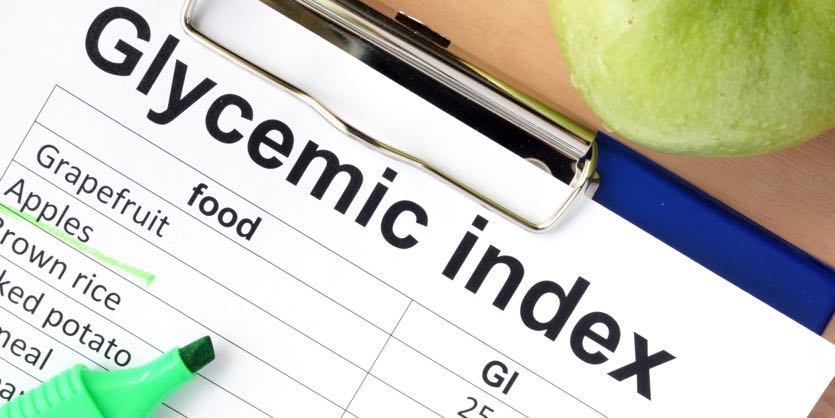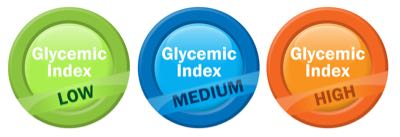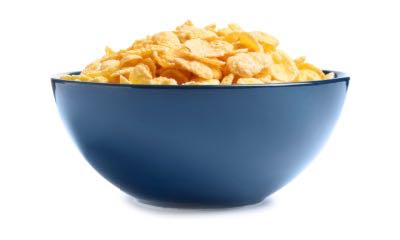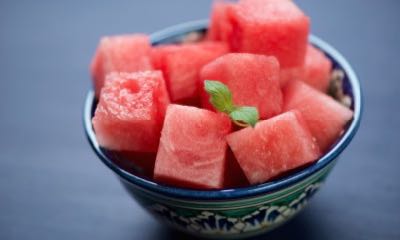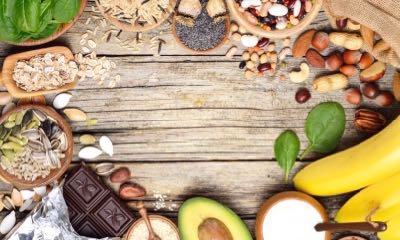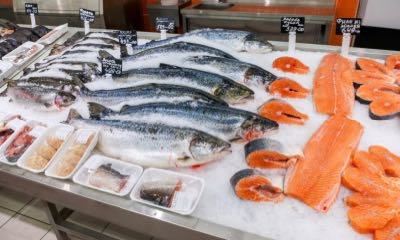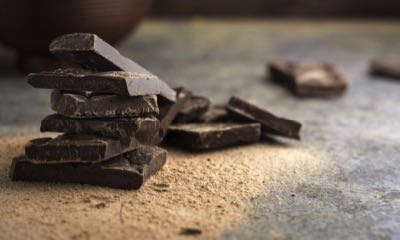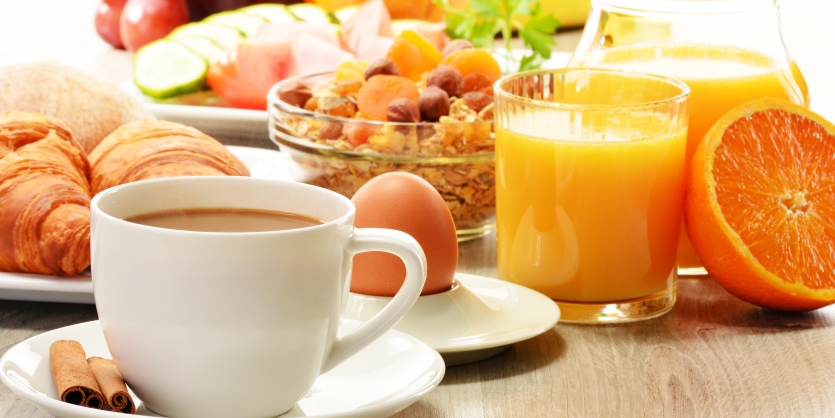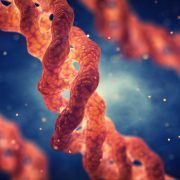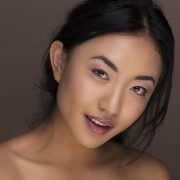The first three words that come to mind when you read “vitamin D” are probably essential, sunshine, and bones. That’s a good start, but it fails to fully capture the diverse duties of one of your body’s most necessary nutrients. And one area that’s often overlooked is the connection between vitamin D and immunity.
Vitamin D’s role in supporting and maintaining bone health is the basis for its classification as an essential vitamin. However, newer research has revealed how vitamin D supports immune health. This happens through the fat-soluble vitamin’s involvement in helping regulate several important processes related to normal cellular repair and healthy immune response. These findings, coupled with the observation about the health status of those deficient in vitamin D, have led to an increased interest into vitamin D’s role in supporting and maintaining good immune health.*
One Vitamin Supporting Two Sides of Immunity
The significance of vitamin D’s role in immune function was established and confirmed following the discovery that nearly all cells of the immune system contain vitamin D receptors. The effects of vitamin D on immune cells are very complex, but research has shown its functions support the innate and adaptive immune system.*
The innate (or first-response) immune system’s main function is to protect the body using physical barriers, chemicals, and certain immune responses. It also includes immune cells (neutrophils and macrophages) that can act as your normal, front-line cellular defenses. Although effective and quick, the innate immune system’s approach can possibly cause some collateral damage and lacks the inability to identify repeated exposures.
The adaptive immune system is slower, but more specific and methodical. Your adaptive response includes specific immune cells that coordinate the destruction of infected cells (T-lymphocytes) and that activate and secrete antibodies (B-lymphocytes). The adaptive system uses an immunological memory to quickly and vigorously defend against repeated exposures. This forms the principle behind natural or lifetime immunity after antibody-producing immune interactions.
Learn more about T cells and adaptive immune response and review the basics of your immune system.
4 Examples of How Vitamin D Supports Immune Health
Going through all of vitamin D’s roles in immune health could take up an entire textbook. But if you remember these four important impacts the nutrient has in helping support healthy immune defenses, you’ll be well on your way to understanding how important the sunshine vitamin is for maintaining health.*
1. Vitamin D supports the maturation and function of key immune cells*
Innate immunity is a coordinated effort involving many different cellular players. Macrophages and their monocyte precursors as well as T-lymphocytes (cytotoxic T-cells) all play vital roles in your innate immune response and cell-mediated immunity (those that occur without antibodies from your immune system’s memory).
Vitamin D is an important cog in the mechanics that support the normal maturation and differentiation of monocytes into macrophages. Once grown into specific macrophages, these immune cells support a healthy first-response cellular immune defense. They also participate in clean-up operations—eliminating or assimilating cellular waste. In addition, macrophages secrete a key immune protein called cathelicidin. The normal cathelicidin production of activated macrophages is largely dependent on the presence of adequate levels of vitamin D.*
2. Vitamin D supports antigen presentation*
In order to prompt defensive actions, immune cells—like lymphocytes—need to be exposed to antigens (specific proteins that alert the immune system). The most effective antigen-presenting cells are known as dendritic cells.
A major function of dendritic cells is to capture, process, and present antigens to the adaptive immune system and initiate T-cell-mediated immunity. Dendritic cells are critical to the development of immunological memory and tolerance. Vitamin D plays a key role in supporting the healthy maturation and regulation of human dendritic cells.*
3. Vitamin D plays a role in supporting your immune system’s natural ability to produce proteins required for it to function at an optimal level*
This connection between vitamin D and immunity provides biological weaponry your immune system needs to help keep you healthy. Vitamin D helps maintain proper regulation over production of specific proteins that support healthy immune function.*
A good illustration of this is seen in the lungs, where immune cells and epithelial cells are known to contain large numbers of vitamin D receptors. Researchers studying these vitamin D receptors in lung tissue found that activated vitamin D helps support the activity of a compound that maintain healthy immune function in the lungs. It also helps support the production of a protein that assists cells to perform their natural, normal abilities.*
4. Vitamin D lends a helping hand to your T-cells
Vitamin D’s ability to help support normal, healthy development and differentiation of immune cells extends to adaptive immunity, as well. T-cell types are helped by vitamin D.*
T-cells start out as inactive, or naïve, cells. To be helpful to your body’s defenses, they must first transition into either killer cells or helper cells to actively participate in immune response. The natural process of mobilization and activation to keep you healthy is supported by vitamin D. The essential vitamin also helps maintain the proper migration of T-cells to and away from specific tissues, like the skin, digestive tract, and lymph nodes.*
Using What You Know About Vitamin D and Immunity
This is a very basic overview of vitamin D’s role in immune function. The ways vitamin D helps maintain the health of the immune system is very complex and is a matter of balance. You don’t want your immune system too cranked up or too lazy. Maintaining a healthy vitamin D level is important for helping maintain the overall balance and normal functioning of your immune system.*
If you are unsure about your current vitamin D status, it is important to get it checked by your preferred health professional. Blood levels of 30 ng/ml-50 ng/ml are considered optimal by most experts.
So to help your immunity, keep your body well-stocked with vitamin D. Do it through smartly getting some sun. Also adjust your diet to include more foods enriched with vitamin D. You can also turn to supplementation if you live in higher latitudes or if poor food choices cause gaps in your diet that make optimal levels hard to achieve.*
References
https://www.ncbi.nlm.nih.gov/pmc/articles/PMC3166406/
https://www.ncbi.nlm.nih.gov/pmc/articles/PMC2879394/
https://www.ncbi.nlm.nih.gov/pmc/articles/PMC3738984/
http://www.jimmunol.org/content/181/10/7090.full.pdf
https://www.nature.com/articles/nrneurol.2016.49
https://www.ncbi.nlm.nih.gov/pmc/articles/PMC4586578/
*These statements have not been evaluated by the Food & Drug Administration. This product is not intended to diagnose, treat, cure, or prevent any disease.




